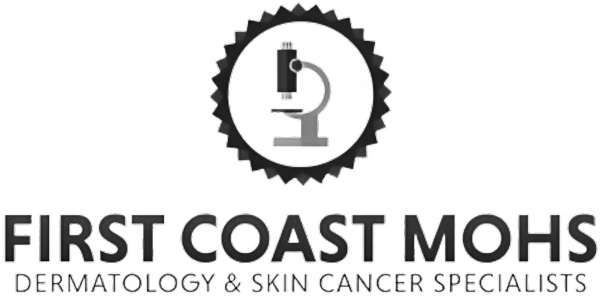How do you know which elements of your website are actually attracting your users? You can play the guessing game like most website owners do, or you can take action to understand what your users really want from you. Split-Testing is one of the elements that helps you in your website optimization.
In this post we’re going to explore the importance of split-testing, and the benefits it can bring to your website.
What Is Split Testing?
Split testing is all about maximizing the results from your website. Although most people don’t split test their websites it can be a very helpful thing to start implementing. Essentially, split testing is changing certain small elements of your website, while keeping everything else the same in order to optimize your website for your ideal visitors.
Over time these small changes will help to optimize your website, so you have a site that has a very high conversion rate. A lot of times these small changes will have a very large impact on the bottom line of your business.
What Are The Benefits Of Split-Testing?
Split testing allows you to better serve your target market. For instance, maybe the copy on your website has been lacking and through testing you can convert one in every five people into paying customers.
Split-Testing allows you to test your assumptions. When you’re producing a product or service there are several areas you’re simply going to have to guess on. By testing the guesses you made initially you’ll be able to get even closer to building the “perfect” product or service.
Getting Started With Split Testing
Luckily there are a wide variety of tools you can use to split test your website easily and analyze the results to get valuable data.
1. Choose The Right Tools
There are plenty of tools you can use, which are both paid and free. The best free option is Google Website Optimizer, while the best paid tools include Optimizely and Visual Website Optimizer.
2. Test The Right Elements
When you’re choosing what to test make sure you test the parts of your product or service that were based upon your initial assumptions. This can include the price, the length of your copy, the call to action and a bunch of other elements.
If there’s anything you’re unsure of, consider running it through the conversion software.
3. Tweak And Test Some More
After you’ve been able to uncover some data it’s time to implement what you’ve learned and then test another portion of your site. Make sure you only test one piece of your website at any given time.
I hope you’ve found this article useful and are better prepared to increase your website’s conversions. If you’re interested in moving forward with a personalized website strategy, then get in touch with our creative team today.
by Calvin Bryant
Digital Marketing Geek
Calvin Bryant
Calvin is a digital expert with clients in the U.S., U.K., and the Caribbean Islands. As the founder of C7, he has worked with Joel Osteen, Carlos Santana, the FBI, and the NBA. He resides in Ponte Vedra, Florida, and is a proud father and husband of 28+ years to his wife, Krista.








